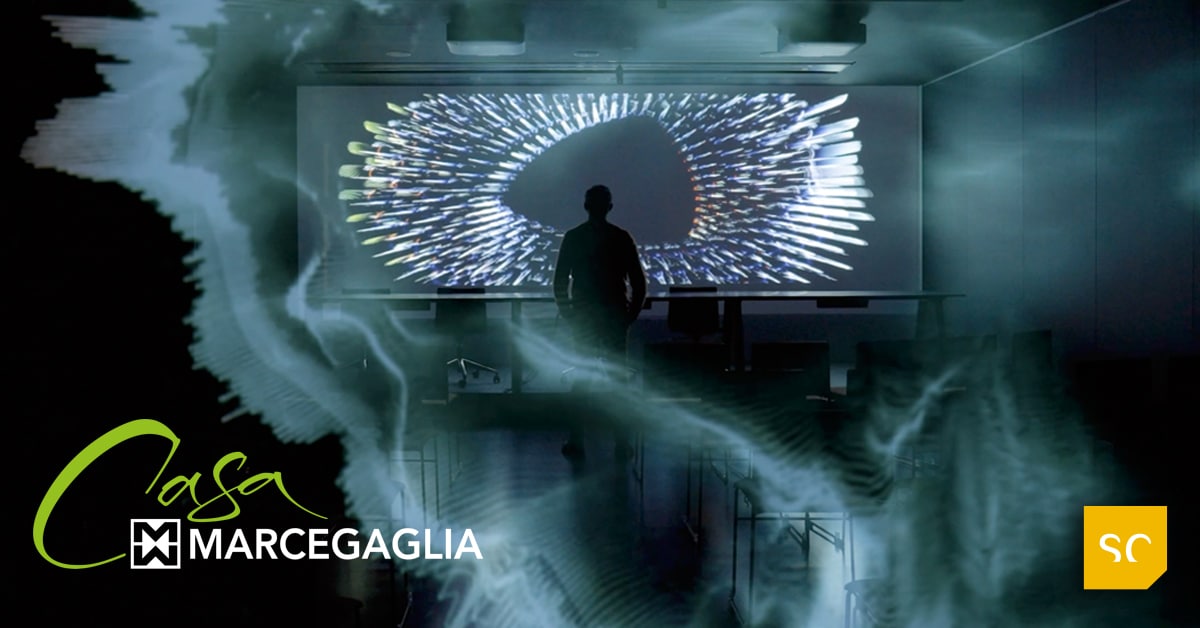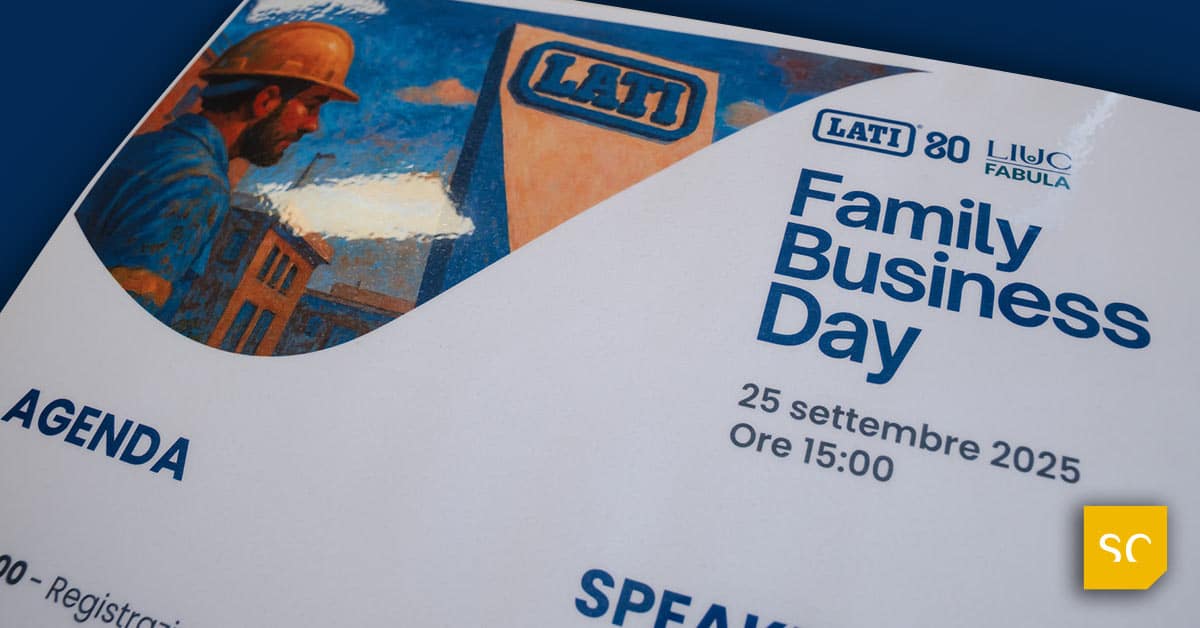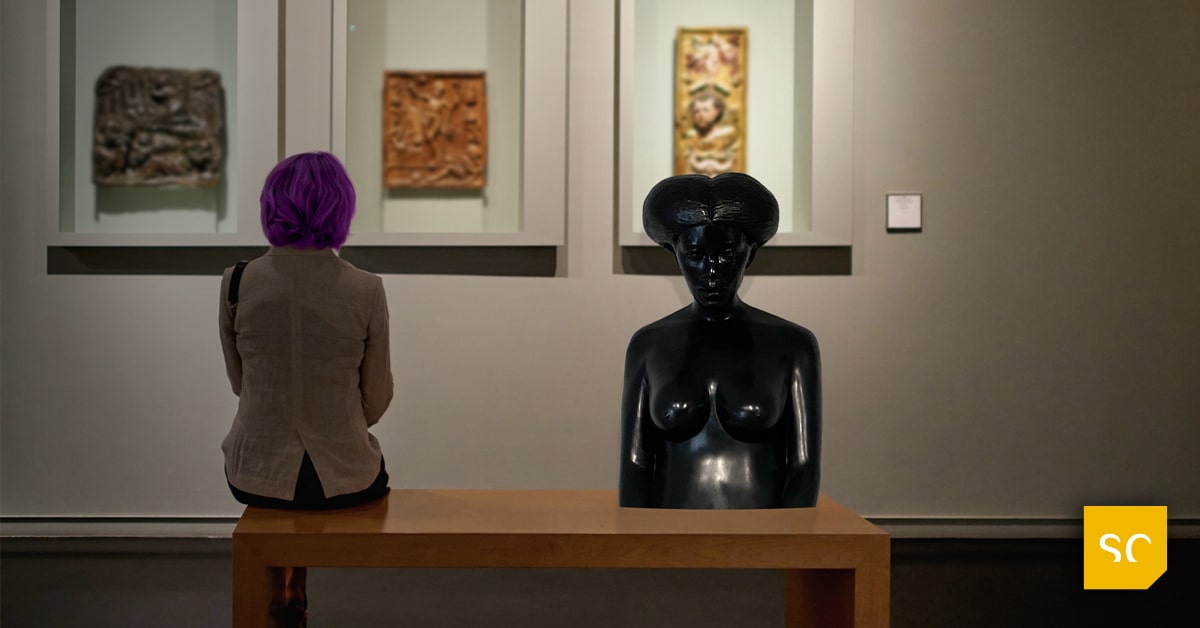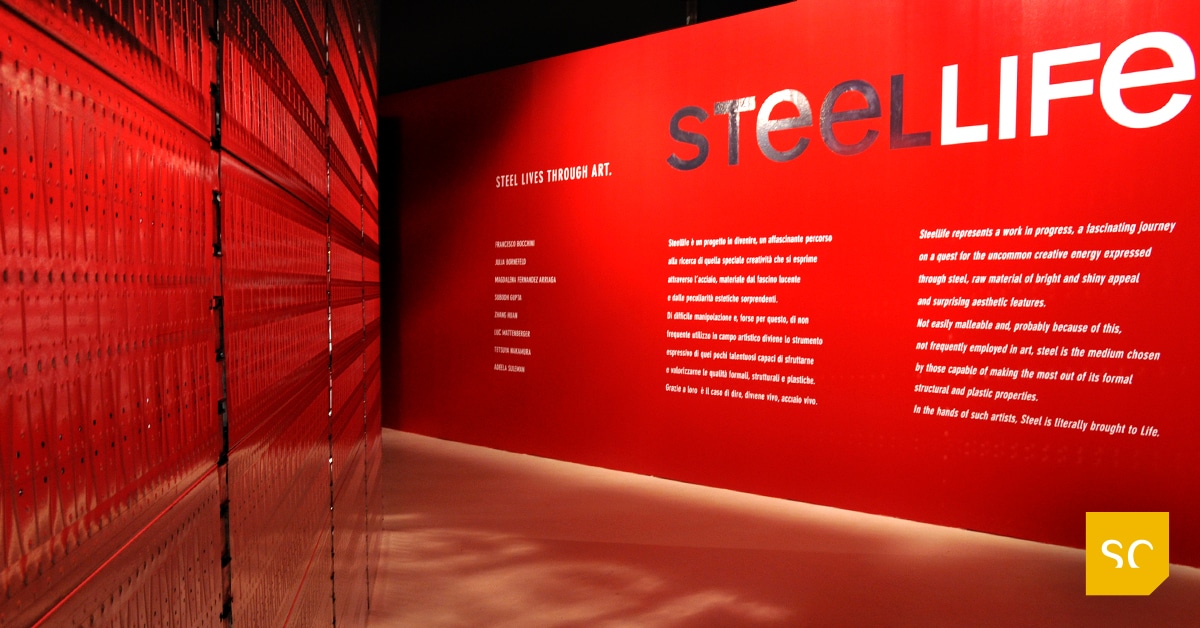UN MUSEO D’IMPRESA DOVE CONTENUTI, ARTE E TECNOLOGIA CREANO UN’ESPERIENZA IMMERSIVA E DINAMICA
Nasce Casa Marcegaglia, un museo d’impresa che già nel nome qualifica la propria identità inclusiva, solida ed eccezionale, come l’intraprendenza di un fondatore, Steno Marcegaglia, e dei suoi figli, Emma e Antonio, che fanno dell’azienda un’estensione del concetto di famiglia.
La straordinarietà di questo spazio si situa nella combinazione dei contenuti alle tecnologie, nell’armonico flusso di dati e suggestioni, laddove la narrazione dei processi si combina all’immersività multisensoriale.
Il progetto museografico da me curato, insieme a Rossella Roncaia e al team di Studio Chiesa, ha infatti cercato di potenziare al massimo la valenza dei contenuti mediante uno storytelling puntuale, una narrazione coinvolgente, utilizzando il contributo dell’arte sia nei processi progettuali che in quelli installativi.
Based on these premises, through a contemporary museological language and an international and interdisciplinary perspective, Casa Marcegaglia opens up to diverse audiences, capable of updating information in real time in relation to the company's evolution, fostering industry culture, and continuously growing to configure itself as an innovative reservoir for accessing stimuli, accredited contributions, and authoritative insights. The digital tools, combined with artistic sensitivity, provided the means to generate evocative atmospheres through projections, touchscreens, and interactive systems.
Il percorso inizia all’esterno dove è possibile attivare i contenuti sull’app dedicata, sostando nell’area verde antistante l’edificio, e continua all’interno dove si è accolti dall’opera di Zhang Huan Buddha of Steel life, che siede davanti al coil d’acciaio, tridimensionale concretizzazione del mandala, simbolico e rituale rimando alla creazione del cosmo e al fluire ciclico degli eventi.
Oltre le tre steli digitali touchscreen, si entra nel raccordo che è buio e funge da “membrana” propedeutica ad avvolgere il visitatore, a creare estraniazione e predisporlo all’esperienza che qualche passo oltre vivrà: ossia il Teatro – dove sostare nella visione del video “Io sono Acciaio” nel quale le parole fluiscono in armonia con il visual dell’artista Ozan Turkkan – e il Tunnel immersivo, che racconta la ciclicità dell’acciaio, il suo riciclo, la pervasività nella società e la sua eternità. È stato realizzato da Marco Barsottini e Lorenzo Sarti, autori anche della sala che segue, denominata Forma dell’acciaio.
Here, gestures generate on the walls the unveiling of the Marcegaglia production process and the sectors of use: from the production of carbon plates and tubes to the stainless steel process and the production of train sheets, highlighting the presence in all product categories where steel becomes either a structural component of the plants themselves or a key player in the industrial product.
The section dedicated to the group's History unfolds in two ways: a timeline of developmental phases and, on the opposite side, a projection on multi-level surfaces that simultaneously stimulates both sight and sound, dynamically presenting black-and-white photographs and videos of Steno and his family, as well as collaborators who represent the vital fabric of the company, alongside color videos showcasing the production reality.
A special room is dedicated to Steno, worked on by directors Massimo D’Anolfi and Martina Parenti and sound designer Massimo Mariani, resulting in an extraordinary and touching docufilm, using a selection of original audio, period photographs, and press reviews. Visitors move from darkness, immersing themselves in the projections, to the light of the atriums, which host the sculptures of Simon Benetton and Neveo Cacciani, and the room defined as Catena dei valori, dedicated to recounting all the activities that add value to the Marcegaglia world through a continuous line of monitors that can be activated from the touchscreen table in the center.
From here, one accesses the Hall, which becomes a place of memory as well as a future space. The duality between past and future converses in this wide and welcoming area, where the portraits of Steno and Mira Marcegaglia created by Vito Tongiani interact with the steel artworks of Tetsuya Nakamura, Adeela Suleman, Francesco Bocchini, and Luc Mattenberger, and outside, with the works of Julia Bornefeld (works created, like Zhang Huan's Buddha, for Steel Life, the first contemporary art exhibition dedicated to steel, realized in 2009 in collaboration with the Triennale di Milano).
In conclusion, Casa Marcegaglia is not just a corporate museum but an exhilarating journey into the material and the knowledge of its transformation. It is a multifunctional space capable of speaking to anyone who enters, regardless of purpose, age, or culture, generating an enriching and motivating experience. The coherence that can be felt, despite the diversity of the exhibition tools employed, stems from having built a museum starting from the content itself and maximizing its effectiveness through a harmonious, polyphonic, digital, yet deeply empathetic setup.













































